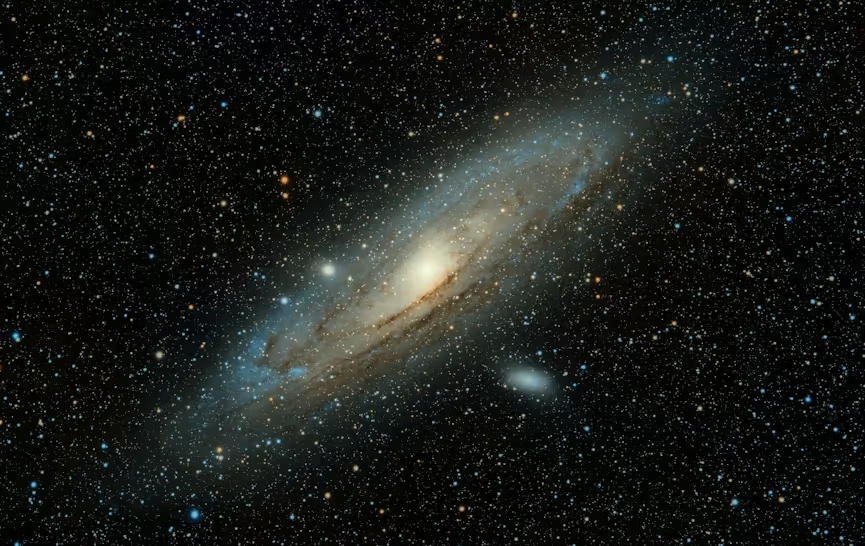Stay informed with our newsletter.
.webp)

.webp)

Astronomers are investigating the possibility of a hidden world dubbed “Planet Y” lurking in the far reaches of our Solar System. Subtle gravitational effects on distant celestial bodies suggest the presence of an undiscovered planet beyond Neptune. While no direct observation has been made, new models and telescope data are fueling scientific interest. If confirmed, Planet Y could reshape our understanding of the Solar System’s structure and evolution.

Astronomers have uncovered fresh evidence pointing to the possible existence of a hidden planet, dubbed “Planet Y,” lurking in the farthest reaches of our Solar System. The findings, published in Monthly Notices of the Royal Astronomical Society: Letters, are based on unexpected orbital tilts observed in about 50 distant Kuiper Belt objects.
The Kuiper Belt a vast ring of icy bodies beyond Neptune has long been a prime target in the search for undiscovered planets. Although Planet Y has not been directly observed, its presence is inferred from unusual orbital inclinations that standard models cannot explain, CNN reported.
“One explanation is the presence of an unseen planet, probably smaller than Earth and larger than Mercury, orbiting in the deep outer Solar System,” said lead author Amir Siraj, a Princeton University doctoral candidate. “This paper is not a discovery of a planet, but it’s certainly the discovery of a puzzle for which a planet is a likely solution.”
The idea of hidden planets beyond Neptune isn’t new. Searches for the hypothetical “Planet X” date back to the early 20th century, shortly after Neptune’s discovery in 1846. Pluto, found in 1930, was initially thought to be Planet X, but was later reclassified as a dwarf planet due to its small size.
Planet Y differs from the theorized “Planet Nine,” which is believed to be five to ten times the mass of Earth and orbiting much farther out. Siraj noted that both could exist simultaneously. “I think it’s a very exciting discussion, and that was the motivation for us to investigate the issue,” he said.
Siraj’s team found that the orbits of objects beyond roughly 80 astronomical units (AU) 80 times the Earth–Sun distance show an unexpected tilt of about 15 degrees. This anomaly cannot be explained by passing stars or existing planetary formation theories. “It was quite a surprise to find that the Solar System suddenly appears to be tilted by about 15 degrees, and this is what sparked the Planet Y hypothesis,” Siraj explained.
Computer simulations revealed that neither current models nor the proposed Planet Nine could account for the observed tilt. The data suggest Planet Y is likely between Mercury and Earth in mass, orbiting 100 to 200 AU from the Sun with a tilt of at least 10 degrees relative to the known planets.
While the evidence is compelling, Planet Y remains unconfirmed. “With these roughly 50 objects, the statistical significance is in the 96% to 98% range,” Siraj said. “It’s strong, but it’s not definitive yet.”
The upcoming Vera C. Rubin Observatory in Chile may provide the breakthrough. Beginning its 10-year sky survey this fall, the observatory’s massive digital camera will image the entire sky every three days potentially offering the clearest evidence yet of Planet Y’s existence.
For questions or comments write to contactus@bostonbrandmedia.com
Source: NDTV
